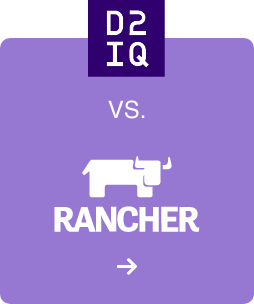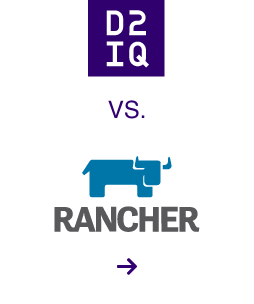In a relatively short amount of time, Kubernetes has evolved from an internal container orchestration tool at Google to the most important cloud-native technology across the world. Today’s enterprises are adopting Kubernetes to speed up the development process and build and deploy modern applications at scale, and they’re doing so at an incredible pace. In fact,
83% of enterprises report that they’re running Kubernetes in production environments, and
64% of them are running Kubernetes on at least one public cloud.
While Kubernetes provides many efficiencies, it also introduces new challenges. Although Kubernetes can help you manage and orchestrate containerized applications, it won’t help you easily manage and scale them across multiple cloud providers. If your business is operating in a hybrid cloud environment, you’ll have to manage the complexities of the public cloud infrastructure that you’re using. Each public cloud has different features, tools, and interfaces that may be starkly different than your on-premise environment, and may require your IT team to be retrained or hire outside expertise to effectively manage. The disparities between these environments can potentially lead to more overhead, higher costs, and slower delivery times.
How do you deploy and manage Kubernetes seamlessly across multiple cloud environments and avoid the costs associated with rewriting it for each environment? How can you scale up Kubernetes to meet customer and market demand? And how can you ensure your teams have the skills and tools they need to succeed?
In this webinar, Tobi Knaup, Founder and CEO of D2iQ and Lauren E. Nelson, VP of Research from Forrester will discuss the changing landscape of Kubernetes in public and hybrid cloud environments. They’ll also examine some of the challenges enterprises face in adopting and scaling up Kubernetes in popular cloud providers.
- The advantages and disadvantages of a cloud first approach
- What role hybrid environments play when considering a Kubernetes strategy
- How to minimize costs and maximize performance
- Best practices for achieving success at enterprise scale
By following these tactics, you and your team can simplify the deployment and management of Kubernetes in public and hybrid cloud environments, while keeping TCO top of mind.








